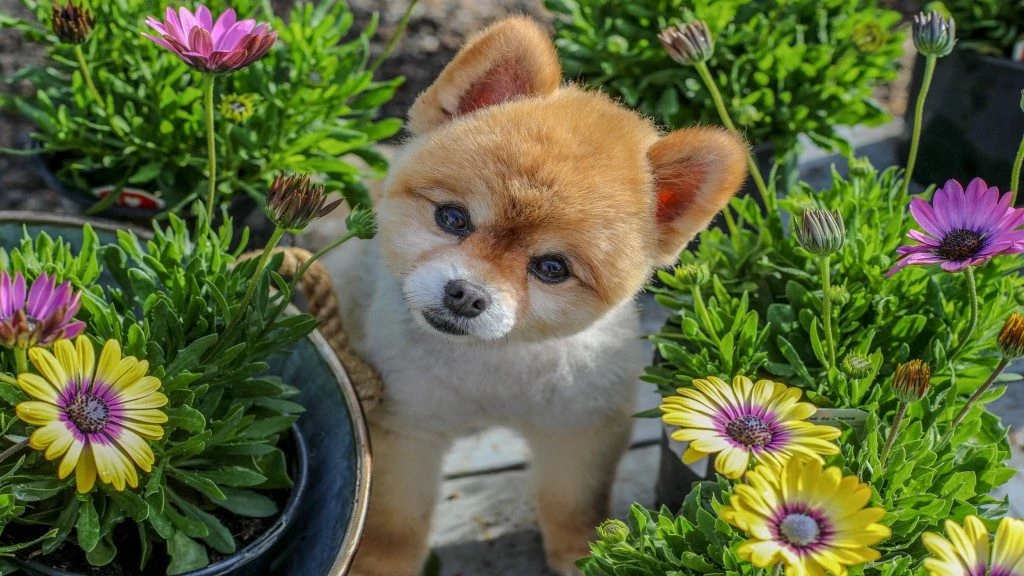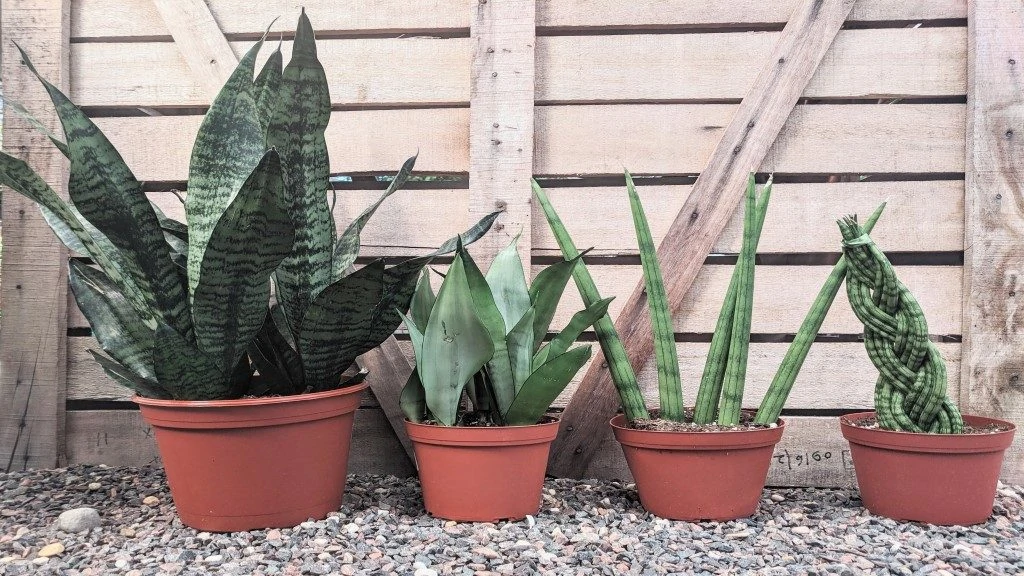by Amanda Rose Newton
One of the most common questions we are asked here at the garden is whether a plant, for the home or for the yard, poses the potential to harm pets. Unfortunately, the short answer to that question is that many plants, in some capacity, could cause minor discomfort for animals. Depending on the part consumed, the range of symptoms can go from mild stomach upset to death. With such a huge range, it is helpful to start with the plants most dangerous to cats, dogs, rabbits, and horses.

The following research-based list focuses on the top ten poisonous plants you are likely to run into at a nursery or garden center.
- AZALEAS. This also goes for all cultivars in the Rhododendron genus. Consuming the leaves, flowers, or stems can result in excessive drooling, vomiting, and diarrhea. This is a time where immediate veterinary attention is merited as if the symptoms are untreated, it can lead to a coma and eventually death.
- KALANCHOE. This is the first of several succulent plants that make the top ten list. With their growing popularity due to ease of care and the likelihood of being kept in a space shared with pets, it’s important to know the risk. If consumed, pets will experience vomiting, diarrhea, and possibly heart arrhythmias. Like Azaleas, this is not one that you want to wait out; get to the vet ASAP.
- LILIES. Lilies are especially dangerous to cats, however they will still make dogs, rodents, and horses ill. There is a scale of danger, as Liliaceae is a HUGE plant family! “Benign” lilies, which include Calla and Peace, do have oxalate crystals that cause minor problems such as irritation to the throat and mouth. The lilies to really watch out for are the “true” lilies, which include the familiar day, tiger, and Easter lilies. If a cat eats just ONE leaf or petal, it is potentially fatal as it causes kidney failure.
- CHRYSANTHEMUM. Nothing says, “Autumn” more than the orange and red hues of mums! Pyrethrin, a common ingredient in pesticides, is derived from this toxic plant. In addition to bugs, this plant is also trouble for cats, dogs, horses, and most small animals. Your pet would need to consume a considerable amount to induce death, but even a small amount can lead to discomfort. Drooling, vomiting, and loss of coordination are common symptoms.
- OLEANDER. Thanks to the popular movie of the same name, most of us are familiar with the deadly potential of this beauty. Both the leaves and flowers are equally as harmful to pets if swallowed and symptoms can range from an accelerated heart rate to death.
- DIFFENBACHIA. Due to its low light and care requirements, this plant is ideal for homes and offices. If you are a cat owner, you may want to rethink the placement of this one as it can cause nausea, vomiting, and even death.
- ALOE. This popular succulent is a twofer as it is not only easy to care for but also provides medicinal qualities! However, even though the famous gel produced is edible by most, if the actual leaves or roots are consumed, it can cause vomiting and gastrointestinal issues.
- SNAKE PLANT. Sansevieria, better known as snake plant or mother-in-law’s tongue, is a popular choice for both home and gardens. If your pet decides to give this plant a try, they will likely exhibit a range of symptoms from membrane irritation to vomiting.

- POTHOS. What better completes the lush, tropical look better than a pothos vine? A member of the Araceae plant family, it offers several of the same toxic compounds shared by its relatives. The chemicals present in the leaves result in swelling of the oral tissues of your pet, putting them at risk of not being able to eat and drink comfortably.
- SAGO PALM. After looking at the choices above it may surprise many to learn that the Sago Palm is the most toxic of them all. Touted as a “plant of steel,” this plant is an instant confidence booster for those who are new to the horticulture world. Even consuming a small portion results in death for a wide range of small animals and requires immediate vet care.
When it comes to pets and plants, we recommend it is better to be safe than sorry. If your pet ingests any portion of a plant, the ASPCA offers a 24-hour poison control line where you can check on whether your furry friend needs vet attention. They also offer a complete list of all the potentially harmful plants on their website, which can be found at https://www.aspca.org/pet-care/animal-poison-control/toxic-and-non-toxic-plants

Featured Image: Adorable Mojo from Pet Pros Melbourne, Photo Courtesy of Cary Smith @CapemoPhotography
References:
- ASPCA Poisons Plants List (2019) The American Society for the Prevention of Cruelty to Animals.
- Mahdi, A., & Van der Merwe, D. (2013). Dog and cat exposures to hazardous substances reported to the Kansas State Veterinary Diagnostic Laboratory: 2009-2012. Journal of medical toxicology: official journal of the American College of Medical Toxicology, 9(2), 207–211. doi:10.1007/s13181-013-0289-8
- Murphy MJ. Toxin exposure in dogs and cats: drugs and household products. J Am Vet Med Assoc. 1994;205(4):557–560


